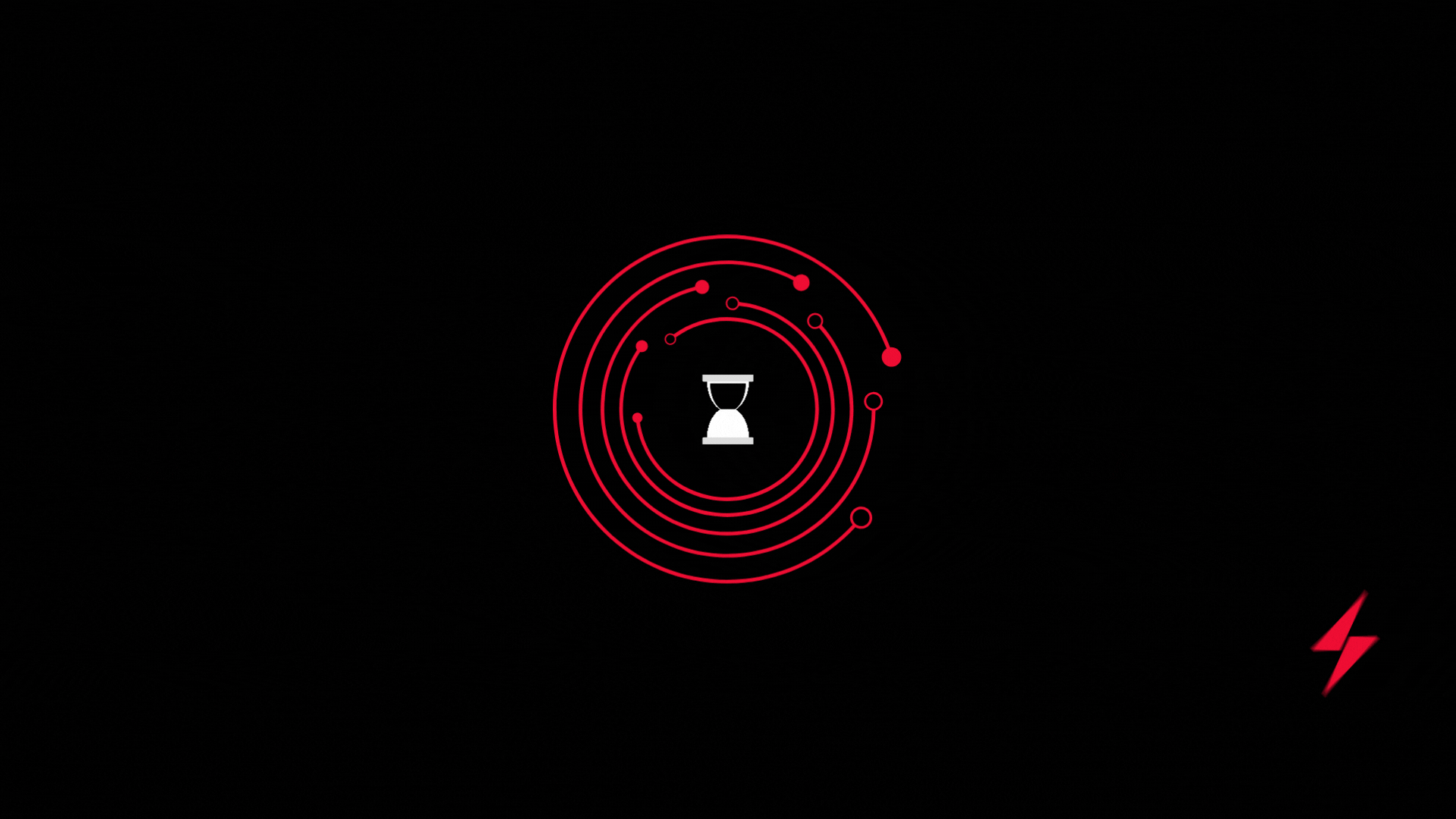According to a recent report by the Australian Cyber Security Centre (ACSC), there were over 67,500 cybersecurity incidents in Australia in the last financial year, representing a 13% increase from the previous year.
Another study found that the average cost of a data breach in Australia increased by 8.4% in 2021, with the average total cost of a data breach being AUD 3.35 million.
Furthermore, a survey of Australian executives revealed that 74% of them believe that their organisations are vulnerable to a cyberattack, and 60% of them have experienced a data breach in the last 12 months.
The consequences of a successful cyberattack can be devastating, including financial losses, damage to reputation, and loss of customer trust.
In this blog article, we will outline 10 essential steps that Australian enterprises can take to prevent a cybersecurity breach in 2023, and safeguard against the potentially catastrophic consequences of a successful attack.
Work with experienced cybersecurity professionals who have had both wins and losses.
Having experienced cybersecurity professionals who have had both wins and losses on your side ensures that the team has a well-rounded understanding of potential threats and can effectively respond to and prevent breaches.
They have a better understanding of how to prevent attacks and mitigate their impact.
Get a password manager and standardise it across the organisation.
A password manager is an essential tool for preventing password-related security breaches.
Standardising its use across the organisation ensures that all employees are following best practices for password security, which can significantly reduce the risk of a breach.
Implement multifactor authentication.
Multifactor authentication adds an extra layer of security to login processes, making it more difficult for cybercriminals to gain unauthorised access to sensitive data or systems.
Shrink the company’s attack surface with microsegmentation.
Microsegmentation limits the potential attack surface by dividing a network into smaller segments.
This makes it more difficult for cybercriminals to move laterally across the network and gain access to sensitive data or systems.
Adopt remote browser isolation (RBI) to bring zero-trust security to each browser session.
Remote browser isolation (RBI) helps prevent malicious web content from reaching endpoints by executing it in a secure, isolated environment.
This approach is based on zero-trust security, which assumes that all traffic is potentially malicious and must be thoroughly inspected before being allowed to reach its destination.
prevent long-term damage with data backups.
Data backups are essential for ensuring that data can be recovered in the event of a breach, minimising the impact of a successful attack.
Without data backups, businesses may be unable to recover lost or corrupted data, resulting in long-term damage to the company.
Ensure only authorised administrators have access to endpoints, applications, and systems.
Limiting access to endpoints, applications, and systems to authorised administrator accounts helps prevent unauthorised access to sensitive data or systems, reducing the risk of a breach.
Automate patch management to give the IT team more time for larger projects.
Automating patch management allows IT teams to more efficiently keep systems up to date with the latest security patches, freeing up time to focus on other important projects.
Improve your organisation’s response to email attacks.
Cloud-based email security suites that provide email hygiene capabilities are becoming increasingly popular with CISOs and cybersecurity teams.
Gartner’s VP analyst Paul Furtado recommends: “Consider email-focused security orchestration automation and response (SOAR) tools, such as M-SOAR, or extended detection and response (XDR) that encompasses email security.”
Upgrade to self-healing endpoint protection platforms (EPP) to recover faster from breaches and intrusions.
Self-healing endpoint protection platforms (EPP) can quickly detect and respond to breaches, allowing businesses to recover faster and minimise the impact of an attack.
This is important because the longer a breach goes undetected, the more damage it can do.
***
Ready to armour up your business’s cybersecurity in 2023? Don’t let cybercriminals catch you with your virtual pants down — let’s build your cybersecurity strategy together. Get in touch today.


